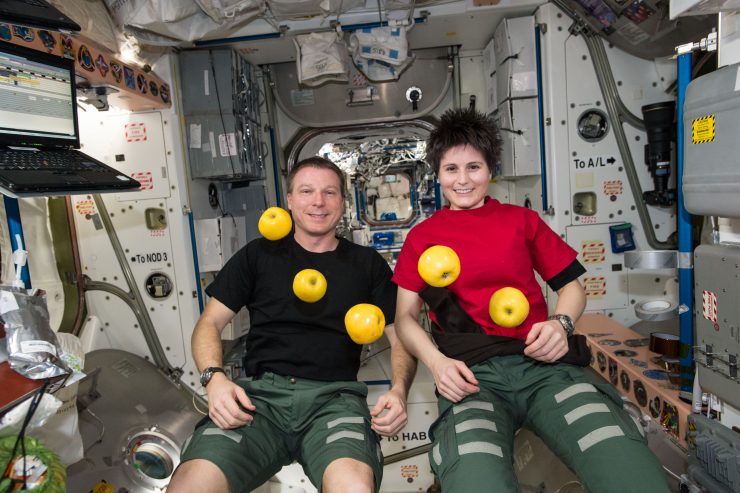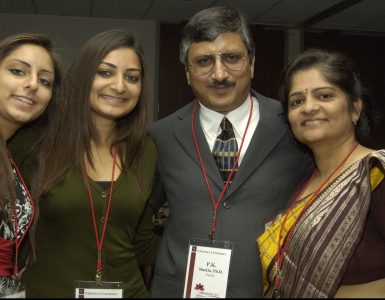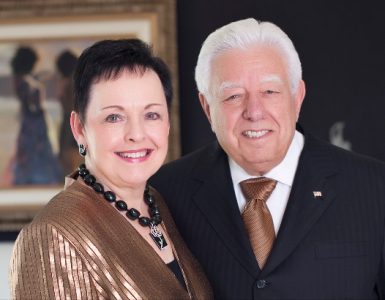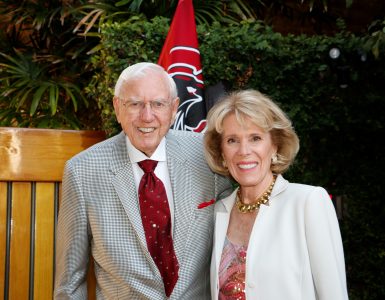Can an archaeological study of the International Space Station’s objects, physical environment and even its trash help us improve life outside our planet’s gravitational pull? Chapman University archaeologist Justin Walsh says yes, and he has set his sights there.
Walsh, Ph.D., isn’t suiting up for launch, though. He has partnered with space archaeologist Alice Gorman, Ph.D., author of “The Cultural Landscape of Interplanetary Space,” to create ISS Archaeology, the first archaeological study of a habitat truly out of this world. Together they plan to study human life in space by poking through the photographs, supplies and inventory of 130,000 items that have gone into the station since it launched in 1998. And, yes, even the trash.
“I’m interested in what stays up, what comes back, what gets burned up. It says something about the values that we give to things,” Walsh says.
This brand of scholarly sleuthing focuses on the cultural leave-behinds of often short-lived recent societies, such as immigrants’ trails of possessions or what landfills tell us about how a community is doing and what it is eating.
What Walsh and his colleague learn might be useful to other mini working cultures in places like Antarctic research stations, long-deployment nuclear submarines or even a Mars expedition, he says.
“They want to do three-year expeditions to Mars. It would behoove them to think about things that can improve society and culture in space,” he says.
Walsh proposes digging into the massive photographic record created by NASA and the European Space Agency (ESA) since ISS launched in 1998. Thanks to digital photography, the images carry valuable information and metadata like dates and times – digital cave paintings, so to speak, that offer glimpses into astronaut life. Ideally, Walsh would like to train an astronaut in archaeological techniques to observe and record space station material culture.
Erik Linstead, Ph.D., assistant professor of mathematics and computer science at Chapman, and a team of graduate students are working on a program that would help read the photos and build a database that connects records and images.
Aided by interviews, mission logs and social media posts, archaeologists could track changes and patterns in behavior, adaptive tool use, social relationships and even nuances related to use of personal spaces within the station, Walsh says.
Ultimately, they might glean new ideas for building a working space society. And that would be something new, Walsh says.
“We could actually make practical suggestions, which is an unusual thing in archaeology,” he says with a laugh. “We’re usually 2,300 years too late.”
Display image at top/The work of astronauts such as Terry Virts and Samantha Cristoforetti on the International Space Station informs the research of Chapman archaeologist Justin Walsh, Ph.D., who is preparing to study a habitat that’s truly out of this world. (Photo courtesy of NASA)
This story appeared in the fall 2017 issue of Chapman Magazine.





Add comment